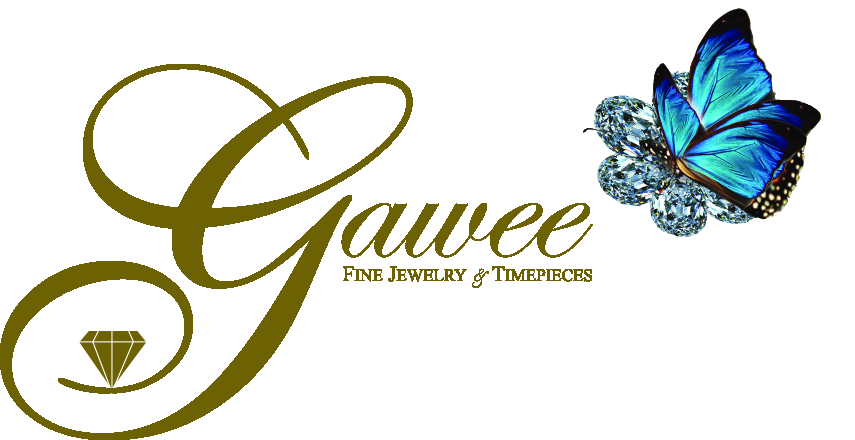Unwrap The Mystery of Diamond Buying
When shopping for a diamond – the ultimate symbol of love and romance – it’s important to shop wisely. This rare gemstone is not only a beautiful gift, but also an investment, and should be treated as such.
The first rule when choosing a diamond is to make sure it is accompanied by a grading report. The most widely used and internationally respected reports are those issued by the Gemological Institute of America’s (GIA) Gem Laboratory, an independent nonprofit organization based in Carlsbad, Calif. GIA’s International Diamond Grading System, first introduced in 1953, is based on GIA’s 4Cs of diamond grading: carat weight, cut, clarity, and color.
The GIA Gem Trade Laboratory employs more than 400 laboratory staff, the core of which is a team of the most highly trained diamond graders, gemologists, and research scientists in the world. Using state-of-the-art technology and meticulous procedures, GIA’s Laboratory staff evaluate the unique quality factors that affect each diamond’s value. These properties are then detailed on GIA’s grading reports, which are considered by the jewelry industry to be the most precise and trustworthy available.
Tom Moses, senior vice president of GIA Laboratory and Research, reminds consumers that it is imperative to have an understanding of the 4Cs before buying a diamond.
“To the untrained eye, many diamonds look alike. But in fact, every polished diamond has its own unique set of characteristics that distinguishes it from other diamonds in the marketplace,” said Moses. “The GIA Diamond Grading Report contains a complete quality analysis of each diamond, including the 4Cs ; understanding these features is a consumer’s best bet when it comes to making an educated diamond purchase.”
Each of the 4Cs are rated differently and are determined as follows:
CARAT WEIGHT: A diamond is weighed in metric carats; one carat is just over seven thousandths of an ounce. Diamonds are normally weighed to the thousandth of a carat and then rounded to the nearest hundredth.
CUT: Most people think cut refers to a diamond’s shape, but regardless of shape, a well-cut diamond is bright, fiery, and shimmers with light. Well-balanced proportions and a high polish will create magnificent brilliance, fire, and scintillation.
CLARITY: Diamonds have distinctive internal features called inclusions and subtle surface irregularities called blemishes. The degree to which these marks affect the appearance of a diamond will determine its clarity grade. The GIA Clarity Scale ranges from flawless, under ten-power magnification, to included. Flawless and internally flawless diamonds are very rare and, therefore, more valuable.
COLOR: Most diamonds range from colorless to light yellow and are graded for their relative lack of color. The less color, the higher the value. The GIA Color scale ranges from D, which is absolutely colorless, all the way to Z, which includes diamonds that are light yellow and brown in color.
Sources: Gemological Institute of America
